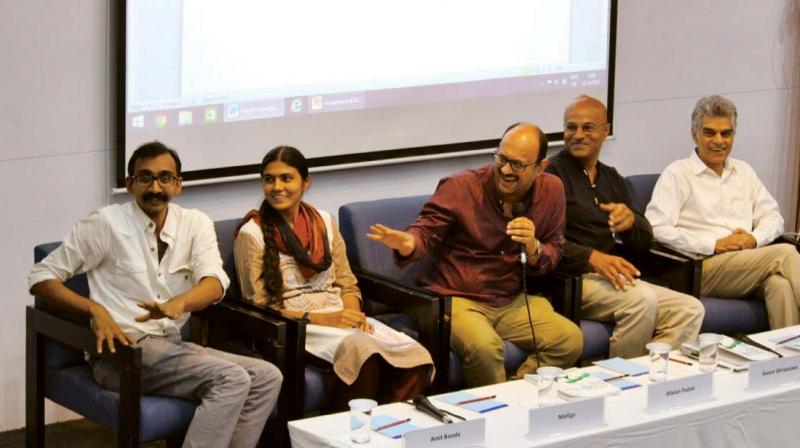Job growth not matching GDP growth: Azim Premji University
The GDP growth is looked at from various sectors, the biggest contributors being finance, IT services and others.

Bengaluru: The Indian economy is growing at a fast pace, but it has not translated into more jobs. According to a recent study by the Azim Premji University (APU), jobs growth is less than one percent, with 92 per cent women and 82 per cent men earning less than Rs 10,000 per month, which is much lower than the minimum wage of Rs 18,000 recommended by the Seventh Central Pay Commission.
The study - State of Working India 2018, prepared by the Centre for Sustainable Employment at APU - also observes that productivity has increasingly diverged from wages and gender and caste disparities continue to exist.
On job growth not matching the GDP growth, report's lead author Amit Basole told Deccan Chronicle that low hiring in labour-intensive sectors, such as health and education, coupled with mechanisation of the manufacturing industry, is the reason behind the disparity.
“The GDP growth is looked at from various sectors, the biggest contributors being finance, IT services and others. At the same time, in the organised manufacturing sector, work has become more precarious for existing employees as labour productivity has increased by six times over the past three decades, but wages have gone up only 1.5 times," he said.
Though gender and caste disparity has reduced over the years, it is still high in some sectors, the report stated. "The caveat is that the paid workforce is still heavily male-dominated in general. Women constitute just 22 per cent of manufacturing and an even lower 16 per cent in the service sector. Female workers remain concentrated in a few industries, such as textiles and garments, tobacco, education, health, and domestic services," the report mentions.
However, government programmes like Mahatma Gandhi National Rural Employment Guarantee Act (MGNREGA), anganwadis, ASHA and such have played a crucial role in increasing women's participation in paid workforce. The report said that lack of available work, rather than social restrictions, may be preventing women from entering the labour force.
Caste disparities persist
The report mentions persistence of caste-based segregation and disparities, though it has reduced in some areas over time. "Scheduled Caste (SC) as well as Scheduled Tribe (ST) groups are over-represented in low-paying occupations and severely under-represented in the high-paying occupations, a clear indication of the enduring power of caste-based segregation in India. On the other hand, both SC and ST groups are much better represented in public administration indicating the success of reservation policies over the years," reads the report.

